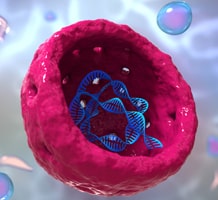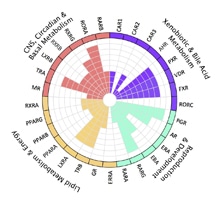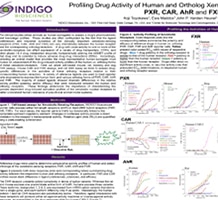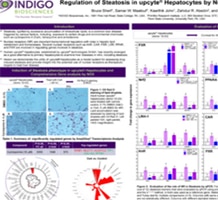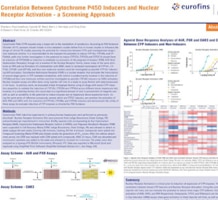Environmental Testing With INDIGO’s Cell-Based Assays
Actively contribute to creating a safer environment with cell-based luciferase reporter assays specifically developed for use in environmental testing applications.
Screen samples for endocrine disrupting chemicals and rapidly and reliably detect potential toxicity from:
- Estrogen-, androgen-, and dioxin-like compounds
- Contaminants of emerging concern
- Known contaminants
- Unknown substances
With INDIGO’s environmental testing assays we can fast-track our way to a cleaner future.
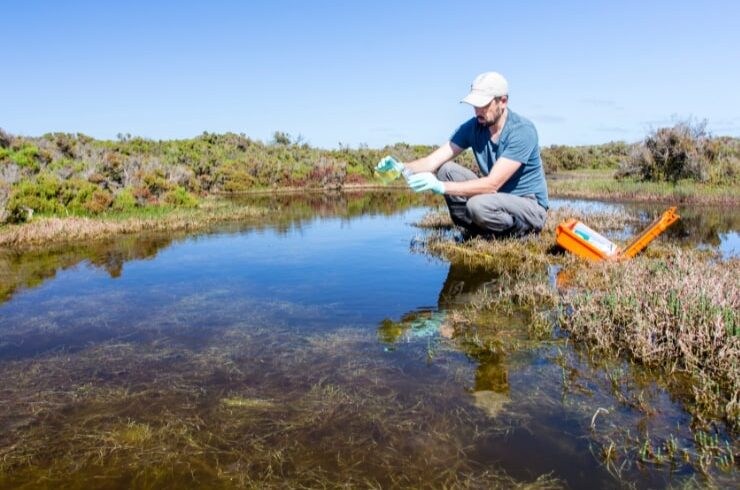
Understand Chemical Threats to Improve Environmental Testing
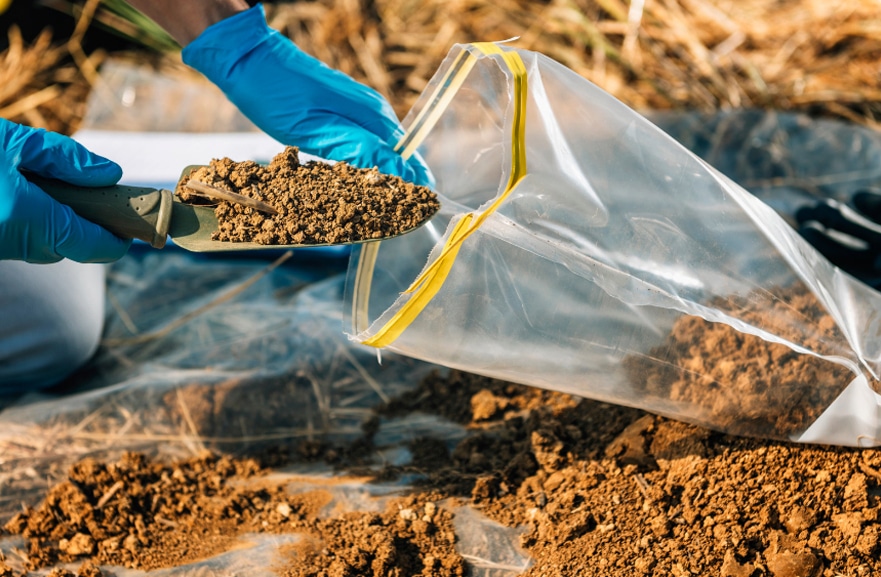
What is Environmental Testing?
Environmental testing is a series of procedures designed to evaluate the effects of manufactured and natural chemicals on living organisms and the environment.
Environmental testing includes, but is not limited to:
- Water & Air Quality Monitoring
- Soil and Sediment Analysis
- Industrial Chemical Evaluation (ex: new materials, polymers)
- Agrochemical Assessment (ex: pesticides, fungicides)
Every day, chemicals build up to potentially harmful concentrations in our environment, which is why it is essential to develop better testing procedures to reduce contamination risks and help guide remediation.

The Importance of PAH Testing
Polycyclic Aromatic Hydrocarbons (PAHs) are a naturally occurring chemical class produced by incomplete combustion of organic materials.
PAHs are highly persistent in the environment, causing long-term soil, water, and air contamination.
Due to their toxic and carcinogenic properties, there is an urgent need for reliable and quick PAH testing methods for assessing exposure levels to better apprehend and minimize their emissions.

Daily Exposure to Endocrine Disrupting Chemicals
Endocrine disrupting chemicals, or EDCs, are substances that can interfere with the normal functioning of the endocrine system by blocking, altering, or mimicking our natural hormones.
Widely present in pesticides, processed food, dust, and daily-life products, EDCs continuously contaminate our households, water, and soil, representing a growing threat to humans and wildlife.
To further understand and reduce EDC impacts on our environment, we need accurate screening methods specifically designed and validated for studying endocrine receptors.

The Challenge of Emerging Contaminants
Contaminants of emerging concern are environmental substances posing risks to human health and ecosystems. Despite known toxic properties and omnipresence, the environmental risk of emerging contaminants are still poorly understood.
Emerging contaminants may include:
- Pesticides
- Industrial chemicals
- Medications
- Per-and polyfluoroalkyl substances (PFAS)
- Personal care products
- Cleaning products
Accurately Unravel the Effects of Complex Mixtures with INDIGO’s Assays
Toxicologic profiling is essential to monitor and regulate environmental samples' substances properly. However, when combined as a mixture, chemicals can exert different effects, representing a challenge for researchers and regulatory authorities.
By screening for total bioactivity in environmental samples, INDIGO Biosciences' cell-based reporter assays can accurately detect substances' cumulative effects on a specific pathway and help guide decisions to limit chemicals’ environmental impact.
Through a shared standardized workflow, we provide scientists with a quick screening method to analyze samples on multiple nuclear receptors easily.

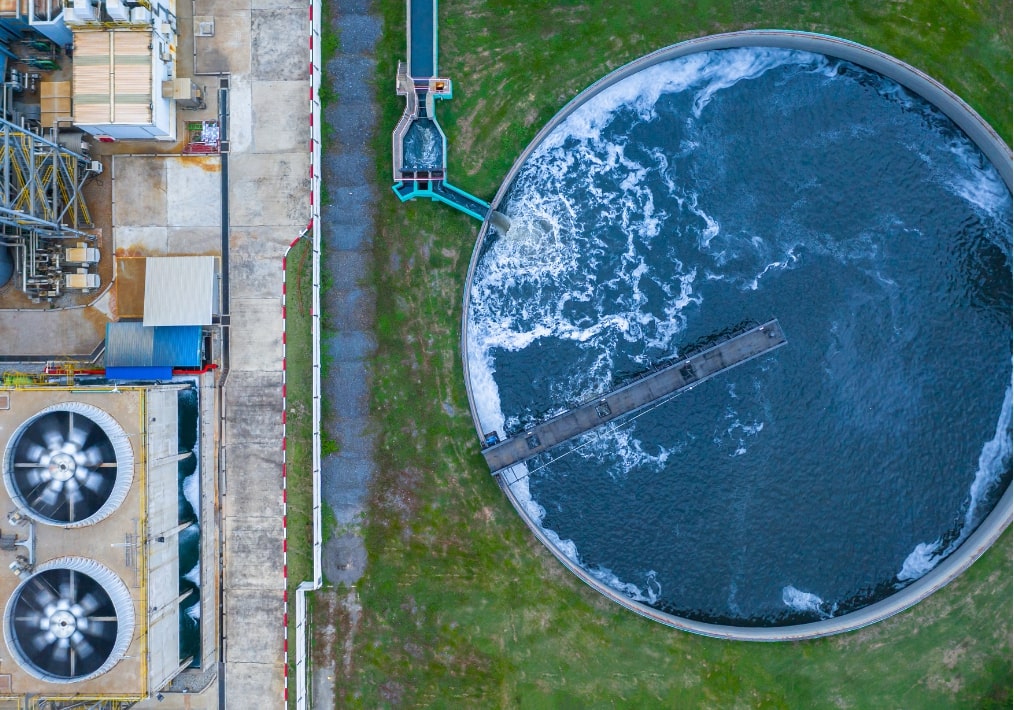
Build a Safer Environment: INDIGO’s Certified Bioassays for Water Monitoring
Thanks to their accuracy and ease-of-use, INDIGO’s reporter assays are becoming a valuable tool in surface, recycled water, and wastewater monitoring.
Recently, INDIGO received approval from California Water Boards for the use of its Aryl Hydrocarbon Receptor (AhR) and Estrogen Receptor Alpha (ERα) bioassays as bioanalytical screening tools for Constituents of Emerging Concern in recycled water.
